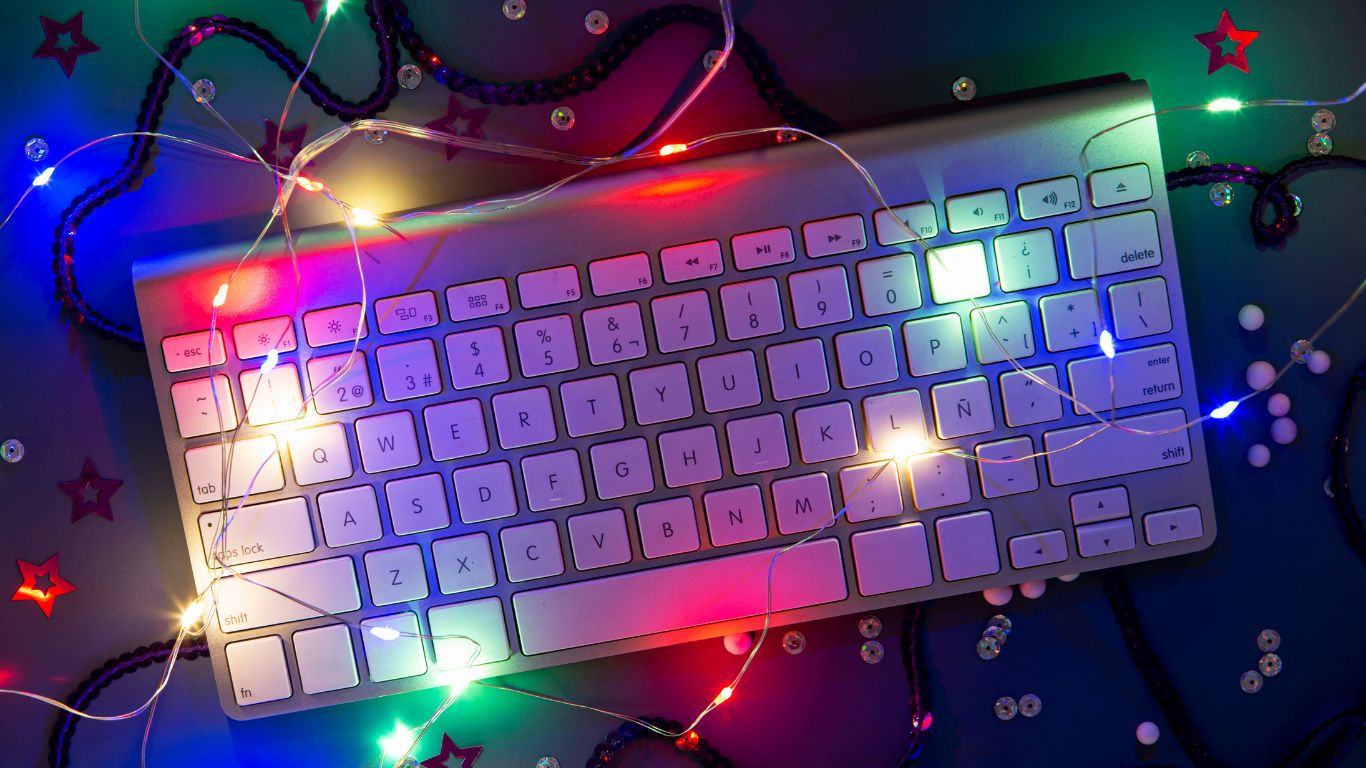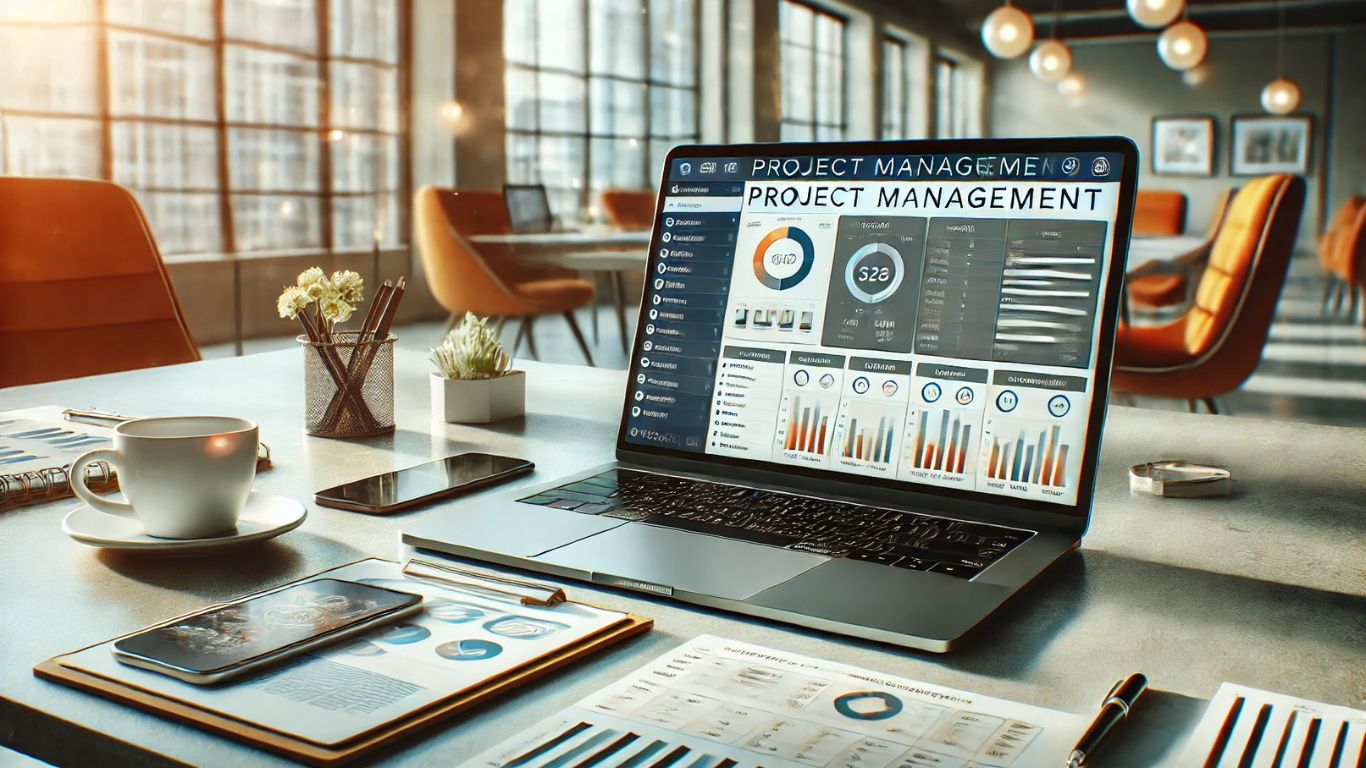Laptop Keyboard: Understanding Features, Types, and Maintenance

A laptop keyboard is an essential component of any portable computer, designed for functionality, convenience, and efficiency. Whether typing reports, gaming, or coding, the laptop keyboard directly influences your productivity and comfort. This article explores the world of laptop keyboards, from understanding their types and features to maintaining them for optimal performance.
Laptop Keyboard Basics
A laptop keyboard is more compact than a desktop keyboard, with slight design adjustments to save space. Keys are often closer together, and certain functions are combined to reduce the overall size. Despite these modifications, they remain as versatile as their larger counterparts.
Common Types of Laptop Keyboards
Membrane Keyboards
Membrane keyboards are among the most common. They use a thin, flexible membrane beneath the keys to register input. These are often found in budget-friendly laptops due to their affordability and lightweight construction.
Mechanical Keyboards
Mechanical keyboards are highly sought after by gamers and typists for their tactile feedback and durability. Individual mechanical switches beneath each key allow for precise input and longevity, though they may add weight to the laptop.
Scissor-Switch Keyboards
Scissor-switch keyboards are a hybrid design, combining the slim form of membrane keyboards with enhanced tactile feedback. They are favored in ultrabooks and other slim laptops for their balance of performance and portability.
Key Features of Laptop Keyboards
Backlighting
Backlit keyboards improve visibility in low-light environments. They are particularly helpful for those who work late at night or in dimly lit spaces.
Function Keys
Function keys (F1–F12) provide shortcuts for tasks like adjusting brightness, controlling volume, or opening applications.
Numeric Keypads
Some larger laptops include a numeric keypad for faster data entry, making them ideal for accountants and data analysts.
Touchpad Integration
Laptop keyboards often integrate a touchpad, eliminating the need for an external mouse. Advanced models feature multitouch gestures for enhanced navigation.
Choosing the Right Laptop Keyboard
When selecting a laptop, the keyboard should match your needs. Gamers might prioritize mechanical keyboards, while writers often look for comfortable, responsive keys. Considering factors like key travel, layout, and additional features is vital for a satisfying experience.
Maintaining Your Laptop Keyboard
Regular Cleaning
Dust and debris can accumulate over time, affecting key performance. Use compressed air to remove particles and a microfiber cloth for cleaning the surface.
Avoiding Liquid Damage
Spills can cause irreversible damage. A keyboard cover offers protection against accidents while maintaining usability.
Checking for Key Wear
Frequent use can cause key labels to fade. If this happens, stickers or keycap replacements can restore visibility.
Updating Drivers
Keyboard issues can sometimes be resolved by updating or reinstalling drivers. Most manufacturers provide these updates on their official websites.
Troubleshooting Common Issues
Sticky Keys
Sticky keys may result from residue or wear. Cleaning beneath the keys usually solves this problem.
Non-Responsive Keys
Non-responsive keys might indicate a hardware or software issue. Testing with an external keyboard can help identify the source of the problem.
Erratic Input
Erratic input is often caused by dust or outdated drivers. A thorough cleaning or system update typically resolves it.
Laptop Keyboard Design Evolution
Over the years, laptop keyboards have undergone significant design changes. Earlier models used bulky mechanisms, while modern versions focus on slim profiles and improved ergonomics. Advances like touch-sensitive and foldable keyboards demonstrate the industry’s push for innovation.
Accessibility Features in Laptop Keyboards
Accessibility features ensure laptops cater to diverse users. Sticky Keys and Filter Keys assist individuals with mobility challenges, while voice typing offers an alternative to manual input.
Enhancing Your Laptop Keyboard Experience
Keyboard Shortcuts
Learning shortcuts enhances efficiency. For example, pressing “Ctrl + C” copies text, while “Ctrl + V” pastes it.
External Accessories
External keyboards and wrist rests can improve comfort during prolonged use.
Customization Software
Some laptops offer software for customizing key functions and backlighting, enabling a personalized experience.
The Role of Laptop Keyboards in Productivity
A comfortable keyboard can significantly impact productivity. Ergonomic designs reduce strain during extended typing sessions, while responsive keys minimize input errors.
Sustainable Laptop Keyboards
With environmental concerns growing, manufacturers are exploring sustainable materials for keyboards. Recyclable plastics and biodegradable keycaps are emerging as eco-friendly alternatives.
Future Trends in Laptop Keyboards
Haptic Feedback
Haptic feedback technology provides a tactile sensation, even on flat keyboards, enhancing user experience.
Foldable Keyboards
Foldable keyboards offer portability without sacrificing functionality, making them ideal for on-the-go users.
AI-Powered Keyboards
AI integration could predict and correct typing errors in real-time, further streamlining tasks.
Gaming and Laptop Keyboards
Gamers often seek features like anti-ghosting and RGB lighting. Mechanical keyboards dominate this space, thanks to their durability and precise input.
Comparing Laptop Keyboards with Desktop Keyboards
Desktop keyboards typically offer more key travel and customization options. However, advancements in laptop keyboards have narrowed this gap, providing a comparable experience in a compact form.
Affordable Upgrades for Laptop Keyboards
Keyboard covers, keycap sets, and external keyboards are cost-effective upgrades that enhance usability and appearance.
FAQs
What are the different types of laptop keyboards?
Laptop keyboards commonly include membrane, mechanical, and scissor-switch types, each offering unique benefits in terms of feel, durability, and portability.How can I clean my laptop keyboard effectively?
Use compressed air to remove debris and a microfiber cloth with a gentle cleaning solution to wipe the keys. Avoid spilling liquids during the process.Why do some laptop keyboards have backlighting?
Backlit keyboards improve visibility in low-light conditions, making typing easier in dimly lit environments.What should I do if my laptop keyboard stops working?
Check for dust or debris, ensure the drivers are updated, and try an external keyboard to identify whether it’s a hardware or software issue.Can I replace individual keys on a laptop keyboard?
Yes, individual keys can often be replaced if damaged. Replacement keycaps are available from manufacturers or third-party providers.How can I protect my laptop keyboard from spills?
Using a keyboard cover or silicone protector helps shield against accidental spills while maintaining the functionality of the keys.










